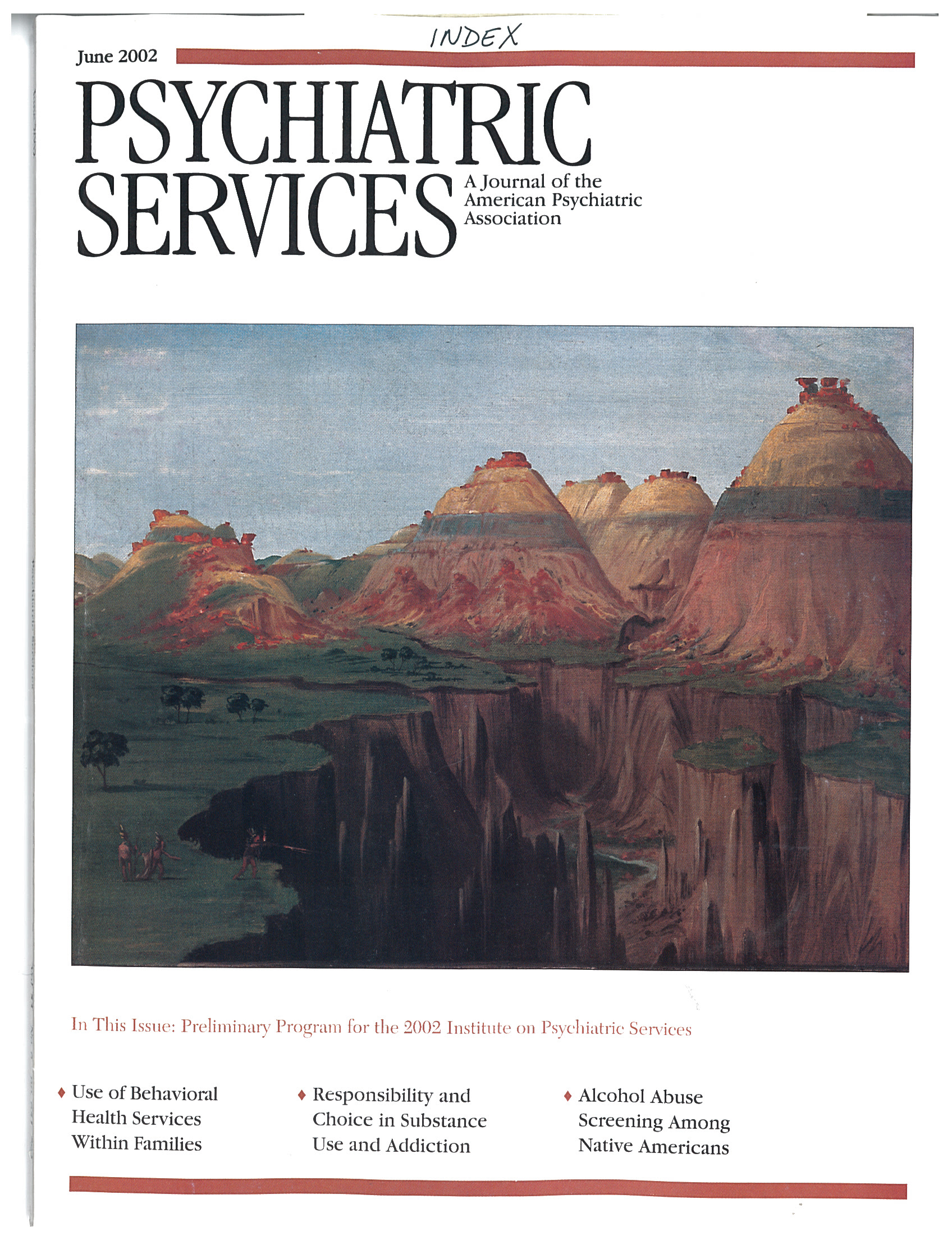Reexamining Therapist Self-Disclosure
To the Editor: I was surprised to see the article "Reexamination of Therapist Self-Disclosure," published in the November 2001 issue of Psychiatric Services (1). I had thought that interest in this topic had long ago disappeared.
I would like to remind the authors that objective studies of self-disclosure began with Sidney Jourard in the 1950s and culminated in two books, published in 1964 and 1971 (2,3). I followed Jourard's work with several articles and a book, Therapist Disclosure: The Use of Self in Psychotherapy, which was published in 1978 and reissued in 1983 (4,5).
Then, as now, there were few objective data from the practice of psychotherapy. In my experience, therapists need to gratify a patient's needs for real relationships sufficiently to maintain the treatment relationship but not to the extent that they undermine the patient's relationships with other important persons in his or her life. A therapeutic relationship is not a substitute for a family or a social life.
On the basis of my review of the literature, I suggested four absolute indications for self-disclosure by a therapist: when it is necessary to preserve the life of the patient or the therapist, when some real event in the life of the therapist significantly alters the therapeutic relationship, when some aspect of the therapist as a person severely disrupts the therapeutic relationship, and when a direct interpersonal experience between the therapist and the patient as individual human beings is the only means by which a specific patient can learn an important lesson in life.
Contraindications are much more difficult to enumerate. However, they include situations in which a therapist's feelings about a patient, if expressed, would make it difficult for the patient to maintain his or her self-esteem and when a therapist wants to guarantee a patient that he or she can save the patient's psyche or life. The latter instance involves disclosure of omnipotent fantasies.
The power of self-disclosure is determined by some of the factors that determine the potency of any therapeutic activity: dosage, timing, context, and content. Expressing concerns or caring for a patient as a person should not be confused with psychotherapy.
I welcome the reintroduction of this discussion and look forward to learning more about therapist self-disclosure.
Dr. Weiner holds the Aradine S. Ard Chair in Brain Science and the Dorothy L. and John P. Harbin Chair in Alzheimer's Disease Research in the department of psychiatry at Southwestern Medical School in Dallas, where he is vice-chair for clinical services.
1. Psychopathology Committee of the Group for the Advancement of Psychiatry: Reexamination of Therapist Self-Disclosure. Psychiatric Services 52:1489-1493, 2001Crossref, Medline, Google Scholar
2. Jourard SM: The Transparent Self. Princeton, NJ, Van Nostrand, 1964Google Scholar
3. Jourard SM: Self Disclosure: Experimental Analysis of the Transparent Self. New York, Wiley, 1971Google Scholar
4. Weiner MF: Therapist Disclosure: The Use of Self in Psychotherapy. Boston, Butterworths, 1978Google Scholar
5. Weiner MF: Therapist Disclosure: The Use of Self in Psychotherapy, 2nd ed. Baltimore, University Park Press, 1983Google Scholar



